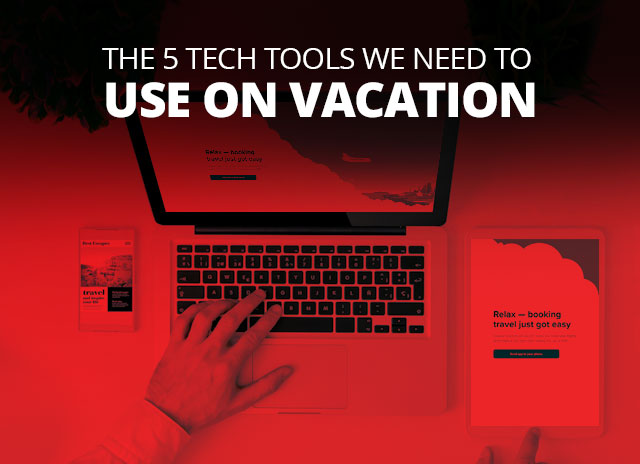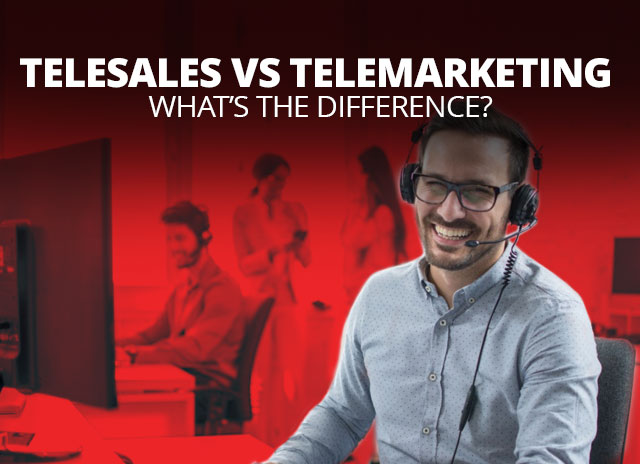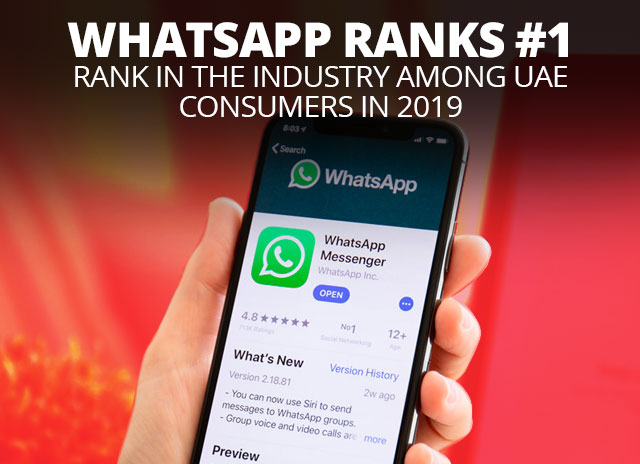Cybersecurity is a critical aspect of doing business, yet it tends to be tossed in the back burner — particularly by startups and small businesses who think they’re less of a target to hackers.
The truth is, the impact of a cyber-attack is even worse for small, ill-prepared companies.
According to statistics, 60 percent of small businesses collapse within six months following a cyber-attack.
As far as the likelihood of being targeted goes, just remember that DDoS or Distributed Denial of Service attacks are now sold on the dark web for around $25 per hour. That’s actually an incredibly low price, given that such attacks result in a double whammy of crippled sales and a stained brand reputation.
You might be surprised with the lengths dirty competitors will go to deal with threats.
In this post, we’ll discuss the strategies to prevent this scenario without breaking the bank.
Let’s begin.
1. Pick a Web Host with Robust Security
When building a website for your online business, one of the first challenges is picking a suitable host.
Although one-dollar hosting companies are highly tempting for aspiring website owners, they could spell trouble for your sustainability in the long-term.
Bear in mind that the ability to get a site up and running shouldn’t be the only item in your web hosting checklist. You also need reliable customer service, a streamlined control panel, and loads of security features to keep your website protected against online threats.
It’s not just about the bandwidth capabilities and uptime guarantees.
Below are some of the security features that you should look for when choosing a web hosting company:
Scheduled Backups and Easy Restore Points
24/7 Network Monitoring
Protection Against Malware and Viruses
Account Protection Tools
Built-In DDoS Protection
Web Application Firewall
Regular Updates to PHP, MySQL, and Other Systems
2. Get SSL
Speaking of web hosting security, some companies throw in a free SSL or Secure Sockets Layer for establishing encrypted connections between servers and users. This effectively stops digital eavesdroppers from intercepting sensitive information in transit.
Having an SSL certificate on your website also has a couple of other benefits that make it a worthy investment:
Better Conversions
If you sell products online, here’s an interesting fact:
A survey by the Baymard Institute reveals that 18 percent of customers left a website during the checkout process because of cybersecurity concerns. More specifically, they didn’t trust the website with their extremely sensitive credit card information.
Having an SSL certificate gives them reassurance in the form of a security validation. This is indicated by the closed lock icon to the left of your domain URL.
Higher Search Engine Rankings
In case you’re unaware, search engines like Google put great user experience above everything else in their ranking algorithms. This encompasses the security of users, which is why the use of SSL certificates is recognized as an important ranking signal.
If your hosting plan doesn’t come with an SSL certificate to boot, you may purchase one instead from a third-party vendor like Sectigo.
In addition to the certificate itself, Sectigo also offers a “secured seal,” which you can showcase on your website to boost the confidence of prospective customers — ideally in your home, product, and checkout pages.
3. Hire a DPO
For businesses that cater to EU residents, including those that aren’t based there, you’re probably already familiar with the GDPR or General Data Protection Regulation.
Put simply, the GDPR presents businesses a list of requirements geared for the data security of EU citizens, such as documenting the movement of data in your company, requesting for the consent of users for cookie usage, and designating a DPO or Data Protection Officer to oversee GDPR compliance, collaborate with data protection authorities, and so on.
The good news is, small businesses can now outsource a DPO from UK-based security organizations like Bulletproof — a much more cost-effective way to ensure GDPR compliance.
Of course, having a DPO in your company improves data security awareness among your staff. They’re also tasked with conducting regular security audits to deter potential breaches and review GDPR compliance.
DPOs are also responsible with the education of your data subjects — your EU-based customers — when it comes to your organization’s data privacy policies, security protocols, and their right to have their personal information deleted.
4. Use Two-Factor Authentication
While DDoS attacks can potentially, single-handedly demolish a small business, all it takes is one successful brute force attack to seal any company’s fate.
A brute force attack is when a hacker leverages a tool to generate heaps of consecutive password guesses, which will then be used to gain unauthorized access to an account.
If you let them brute-force their way into your systems, you’re basically handing them the keys to your online business.
Fortunately, you have a number of options when it comes to incapacitating these hackers.
An example is to use two-factor authentication to incorporate another verification step, typically using a one-time password sent via email or SMS.
This renders your website virtually impervious to brute force attacks.
However, implementing two-factor authentication on your website involves different steps based on your website platform. WordPress users, for example, can use a plugin like Two Factor Authentication to implement the feature without writing a single line of code.
Another way to stop brute force attacks is to limit the number of failed login attempts users can make before additional verification is required.
The usual route is to integrate CAPTCHAs as a verification step, which are designed specifically to stop bots from having any more login attempts once they’ve exceeded your limit.
5. Keep Your Software Updated
Last but not least, software vendors regularly publish patches that fix detected vulnerabilities in their product’s previous versions or expand its security features. This applies to everything, from content management systems to antivirus applications.
A good practice is to enable automatic software updates — at least in your crucial online business applications like security tools, operating systems, and so on.
By staying up-to-date with your software versions, you can improve your chances of weathering a zero-day attack. This is a type of cyber-attack wherein hackers exploit a vulnerability in an application before the developers and cybersecurity companies even find the issue.
Conclusion
For online businesses, capable cybersecurity is no longer an option in today’s world.
It’s never too early to invest in your endeavor’s protection against online threats. Remember, preventing cyber-attacks from causing damage is always more preferable than mitigating and cleaning up their effects later on.
Contributed by Zach Webber













